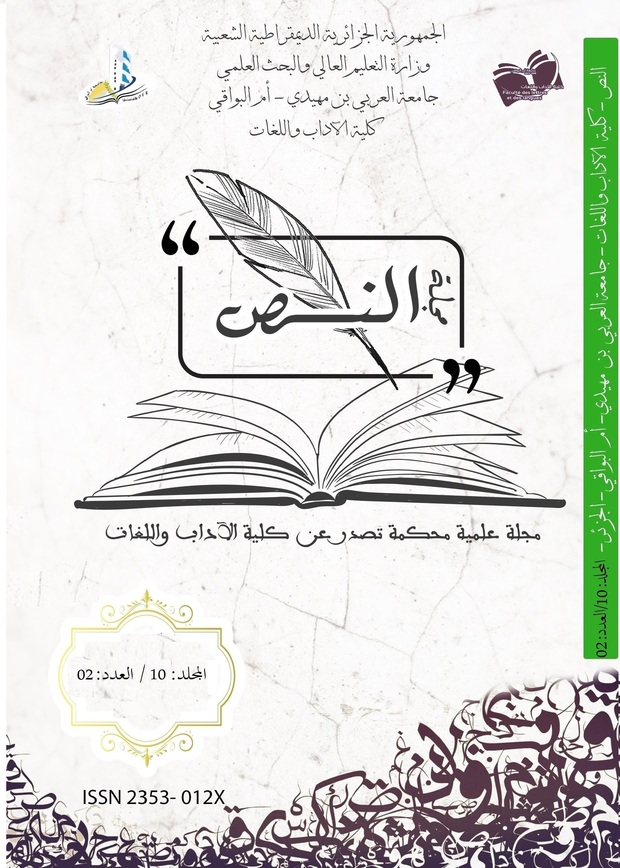A presentation entitled: Islamic Literature in the Scales of Literary Criticism
Keywords:
literature, Islam, method, criticism, annalyseAbstract
Pre-Islamic poetry knew a high degree of rhetorical performance and a sublime pinnacle of eloquence. It was the constitution of the Arabs and their way of life, until the arrival of the Qur’anic text camechallenging the Arabs in their most specific characteristics, and the most cherished of their mastery and artistry, till one of them said:”it has sweetness and beauty, and it is exalted and not surpassed”. Evenif With the revelation of the Noble Qur’an and the Arabs’ mobilization around the call and the preoccupation with the newcomer on the part of many of the masters of eloquence and knights of eloquence in poetry, the voice of poetry faded until it was said about Hassan bin Thabit that He was one of the stallions, and when he entered the door of goodness, it became softer.
Based on this proposition, we ask the following questions, how did the features of Islamic literature appear in the scale of literary criticism, which recognizes artistic literature apart from the topics and its classifications? Was Islamic literature at the level of artistic performance known to rhetoricians and poets? Then what is the criterion that criticism resorts to in judging literature? Does the text that carries the principles of Islam intercede for the goodness and morality of the subject it presents? Or is the Islamic text judged by the standard of literary like other artistic and aesthetic texts? And it is not judged by the standard of the topic at hand? Then what is Islamic literature? Is it the text that benefits from the sacred text? Or is it the text that carries the literature of the sacred text?






